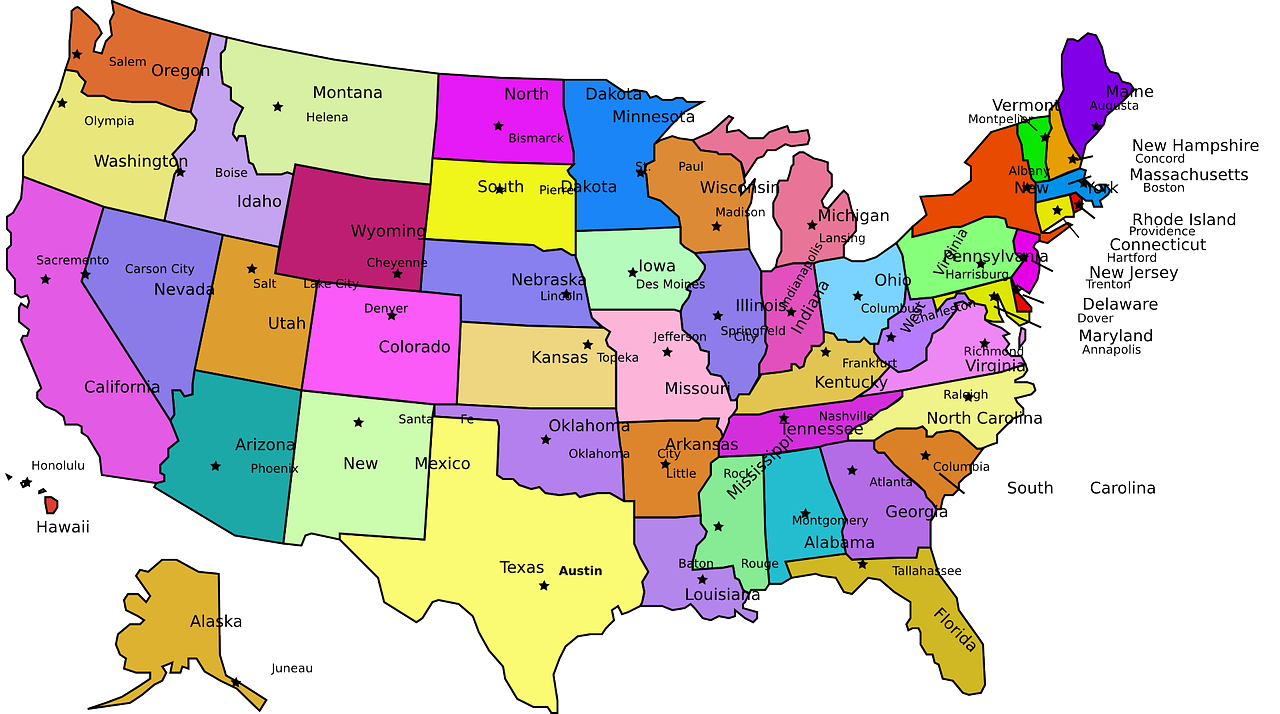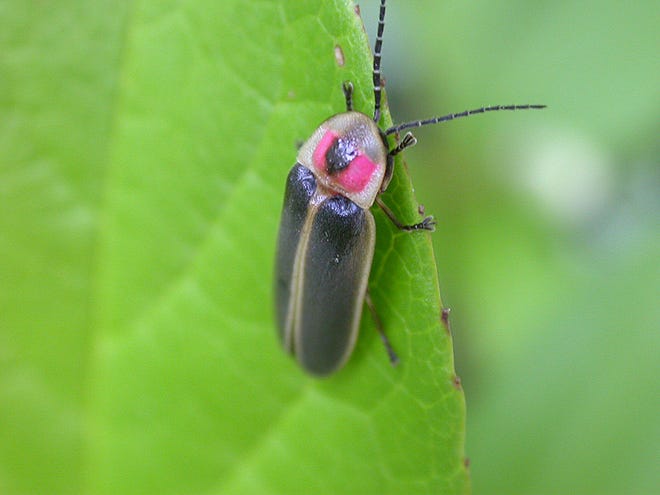Chasing lightning bugs on a summer night is a rite of passage for many youngsters.
You know how it goes, pursuing the flickering lights across the dusk sky until you clap your hands in a sphere around one. And then waiting to catch a glimpse of the small flash between your fingers before letting it go again.
In North America, there are more than 170 species of Lampyridae, or light-emitting beetles, and there are more than 2,000 types worldwide. And they’ve been around for millions of years.
But you may feel as if you are seeing fewer flashes across the night sky compared to when you were younger. You could be right, because there are signs the flashy beetle that once was so commonplace – as was the pastime of catching them – may become a thing of the past.
Lightning bugs or fireflies:What are those glowing insects called?
Short answer: Fireflies are hurting
The lights of fireflies are being snuffed out. At least that’s what the evidence suggests.
“If we go from qualitative assessment alone, they seem to be on the decline,” said Sérgio Henriques, the invertebrate conservation coordinator for the Indianapolis Zoo’s Global Center for Species Survival.
“If you ask people on the street,” he said, “many people will fondly think of a time when they used to see more and now don’t see as many.”
Part of the problem, however, is that there isn’t great data on lightning bugs to be able to speak quantitatively or with specificity.
Researchers across the country, like Henriques, are trying to change that. They are working to gather more information. There has been a recent and ongoing effort to better grasp populations of lightning bugs, or fireflies, across North America and assess the threat of extinction, he said.
The results of that research were fascinating – if not frustrating.
The fireflies they surveyed fell into three main categories. The first are species that are considered not threatened, and Henriques said there are just a few like that. These are species with a wide geographic range and that alone makes them of lesser concern at the moment.
The second group makes up 40% and includes those fireflies where too little is known about them: “They have been seen so little and reported so infrequently,” Henriques said. While that means they could be doing well, they also could be in such a small pocket that they are on their way out or, worse, are already gone.
The last set is the threatened category, which accounts for about 14% of types of fireflies. These are the species where there is enough information to know they are on the decline.
These include the Bethany Beach firefly (Photuris bethaniensis), which is only found along the Atlantic coastline in Delaware, according to The Xerces Society. The conservation group based in Portland, Oregon has been working with the International Union for Conservation of Nature (IUCN) to document fireflies’ plight.
Long answer: Habitat, light pollution and chemicals
For fireflies, “primary drivers of decline include habitat loss and degradation, light pollution, and climate change,” according to the State of the Fireflies of the United States and Canada report issued in January 2022 by the Xerces Society, IUCN and Albuquerque BioPark.
Fireflies do well in areas with some moisture and humidity – they often live near ponds, streams, marshes, rivers and lakes or in the margins where these areas meet fields and forests. However, as the climate continues to change and we have more drought-like conditions, the ecosystems and conditions where they survive are shrinking.
The beetles also are losing their habitat to development. As forested areas or those with tall grasses and native species continue to be lost to buildings, parking lots and perfectly manicured lawns, lightning bugs are left without a home.
Another major reason they are suffering is because of light pollution.
Decades ago, there were not as many lights, such as lights on streets corners and outside of homes. While they are good for the safety of cities and roads, not so much for the fireflies.
“That comes at a cost for wildlife that ‘sings’ with light,” Henriques said.
The firefly’s light is like a whisper, he said, “while our lights are really loud in comparison and drown them out.”
Fireflies have a pretty short lifespan – just a couple months – and thus a narrow window to reproduce. All the lights at night disorient them and can interfere with their ability to find a mate.
Everyone from homeowners to city planners can help fireflies in their search for a mate, said Lynn Faust, author of “Fireflies, Glow-worms, and Lightning Bugs: Identification and Natural History of the Fireflies of the Eastern and Central United States and Canada.”
“Any nighttime light reduction will help fireflies find mates: Your back porch light, all night floodlights all the way to horribly brightly lit-like-battleships school and businesses and towns,” she said. “Individually people need to be mindful of all outdoor lighting they use- use it when needed but otherwise turn it out.”
Scrub Hub: Is there a good turf grass replacement that’s dog-friendly and low- or no-mow?
There are a couple species of lightning bugs that do better, though still not well, with light. That includes a species called the Big Dipper, which is what firefly spotters likely see in backyards across the eastern half of the U.S. While they will avoid light where possible, they can tolerate it for a bit longer than most others.
One of the other main threats comes from chemicals: The use of pesticides and herbicides on lawns. While meant for annoying mosquitoes or pesky weeds, those applications can wreak havoc on fireflies in multiple ways
Lightning bug larvae are extremely sensitive, so those chemicals can poison and kill them while they are still in the soil before growing wings. The pesticides can also kill their food – largely slugs and snails and other types of bugs – so they are left with nothing to eat. If the chemicals don’t wipe out their dinner, it gets in their system and effectively poisons the fireflies when they feed.
All these issues are putting fireflies at risk, and to lose a family of insects that have been around for 100 million years would be a travesty, experts said.
“The fleeting wonder of watching fireflies reminds me not to take things for granted – not time, not the tiny beings that live around us, not the healthy habitats that sustain biodiversity. Fireflies remind us that we are lucky to be alive and sharing the world with them,” wrote endangered species conservation biologist Richard Joyce on The Xerces Society blog this week, noting this weekend’s annual celebration of World Firefly Day on July 2.
Beyond their beauty, lightning bugs serve critical environmental functions.
They loosen soil, which allows sunlight, oxygen and water to penetrate down below. The beetles also maintain a balance by eating slugs and snails, keeping those critters in check. And they serve an important role in the food chain themselves as grub for spiders and frogs, for example.
“They are an indicator species of the health of the soil system,” said Cliff Sadof, a professor of entomology at Purdue University in West Lafayette, Indiana. “If they are going down, then we need to pay more attention to the health of our soils and the species that rely on them.”
There is an ongoing initiative to better survey and know the extent of lightning populations across the nation. Called the Firefly Watch, researchers are asking citizens to follow a procedure that allows them to count the number of fireflies they see over a short period of time.
While this is a simple measure, citizen science efforts like this can help get a broad brush view of what is going on, Sadof said. It can help provide a foundation to help launch more in-depth studies.
“If someone wants to contribute to our understanding of the abundance of fireflies,” he said, “that’s the best way to do it.”
Henriques also said there are “little and easy” things you can do to help lightning bugs across the state. He suggests reducing lights at night, planting native species or installing a rain garden. Another option: reducing the chemicals you use on your yard or in your house.
“Fireflies are a privilege,” he said. “It would be such a waste of a treasure if they were to decline or be gone.”
Contributing: Mike Snider, USA TODAY
Contact reporter Sarah Bowman via email at sarah.bowman@indystar.com and on Twitter: @IndyStarSarah.





